The richest countries in the world can be ranked by diverse metrics but the most quantifiable way is by taking into account an estimate of the total value of goods and services produced in a country which is the gross domestic product (GDP). However, to accurately track a nation’s wealth, GDP based on purchasing power parity (PPP) per capita has often been used to get a clear picture of a nation’s average standard of living.
It takes into account the cost of local goods and services produced in a nation, as well as inflation rates. The figure is derived by dividing the value of all final goods and services produced within a country in a particular year by the average number of full-time residents for the same year. Despite the preference of the purchasing power parity to nominal GDP, it shouldn’t be automatically assumed that nations with high GDP (PPP) per capita have a better standard of living than most other places in the world because we are dealing with averages here.
Although most of the richest countries in the world bolster their economies through the exportation of goods and services from different industries including biotechnology, pharmaceuticals, and aerospace, some other countries such as Singapore and Luxembourg are considered as tax havens as the wealth originally generated in other countries contributes to their high GDP. According to the International Monetary Fund (IMF) economic report, here’s our list of twenty countries in the world with top economies based on GDP (PPP) per capita.
20 Wealthiest Nations In The World In 2020
20. Australia
-
Currency – Australian dollar (AUD)
-
Gross Domestic Product (PPP) – $1.3 trillion (2020 est.)
-
GDP per capita – $50,845 (2020 est.)
-
Gross National Income – $1.30 trillion (2019 est.)
-
GNI per capita – $51,560 (2019 est.)
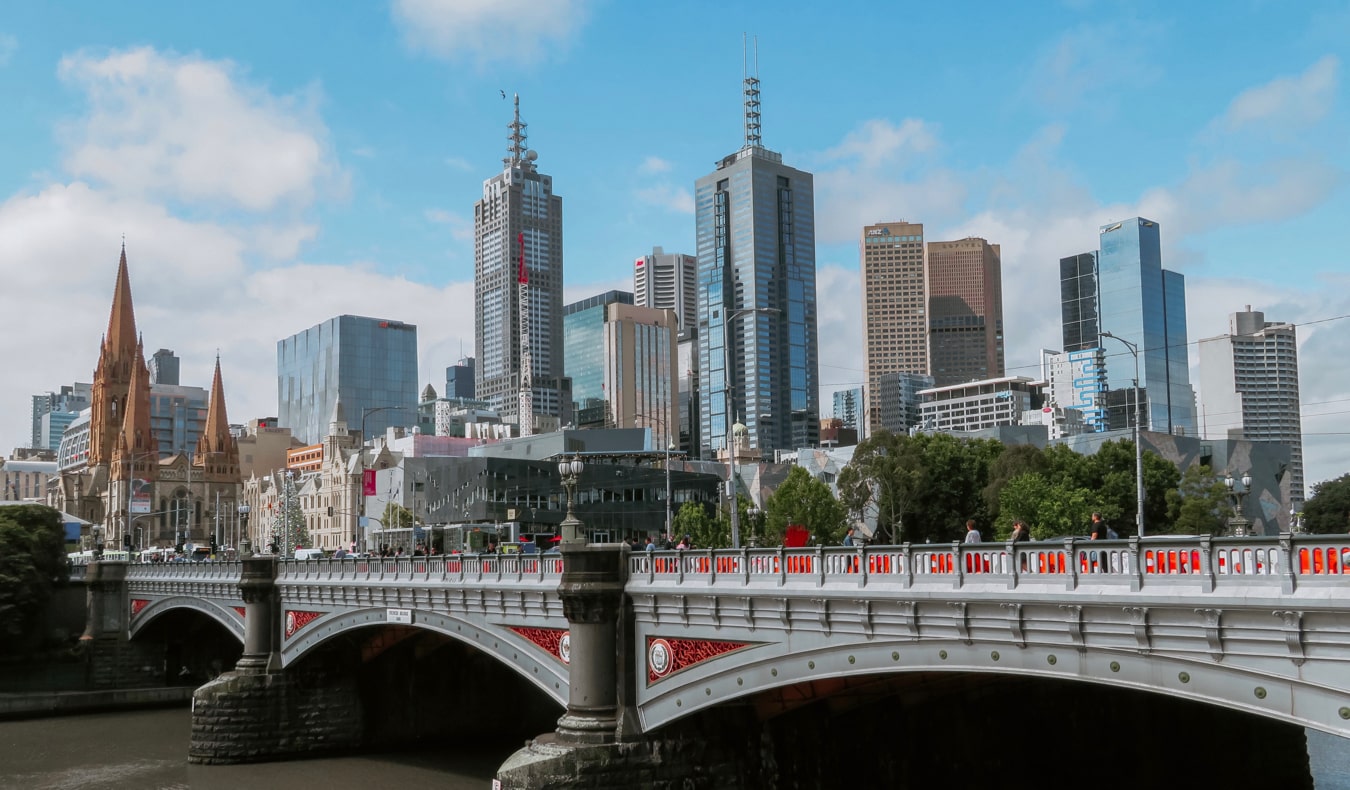
Australia is the 20th richest country in the world and it has a GDP (PPP) per capita that is over $50,000. The developed country was ranked third in the UN Human Development Index in 2017. Most of its cities such as Melbourne, Adelaide, Sydney, and Perth are rated among the most liveable cities in the world. Tourism, financial services, and education contribute about 70% of the nation’s wealth while natural resources contribute 5% and agriculture 3%.
Its main exports include agricultural products such as wool and wheat, energy sources (coal and liquefied natural gas), and minerals which include gold and Iron ore. Also, the country is one of the largest exporters of wine, sitting fourth in the world ranking. As such, Australia’s wine industry adds to its economy about A$5.5 billion annually.
19. Sweden
-
Currency – Swedish krona (SEK)
-
Gross Domestic Product (PPP) – $551.5 billion (2020 est.)
-
GDP per capita – $52,477 (2020 est.)
-
Gross National Income – $589.3 billion (2019 est.)
-
GNI per capita – $57,300 (2019 est.)

Sweden has inhabitants of over 10.3 million and is the third-largest country in the European Union. Having achieved a top economy, the country offers its citizens a universal health care system and also tertiary education as they enjoy a high standard of living. It is also rated highly in human development, protection of civil liberties, income equality, as well as gender equality. The nation has an export-oriented mixed economy that heavily relies on foreign trade.
50% of its economic activity is contributed by the engineering industry while other sectors including pharmaceutical, agriculture, telecommunications, and automotive industries also account for the nation’s gross domestic product.
18. Germany
-
Currency – Euro (€, EUR)
-
Gross Domestic Product (PPP) – $4.45 trillion (2020 est.)
-
GDP per capita – $53,571 (2020 est.)
-
Gross National Income – $4.79 trillion (2019 est.)
-
GNI per capita – $57,690 (2019 est.)

Germany has the fifth largest economy in the world as its gross domestic product by purchasing power parity (PPP) is estimated at $4.45 trillion. It is a highly developed country with a strong economy. It is also the most leading country in technological, industrial, and scientific sectors globally. As such, it ranks as the third-largest exporter of goods in the world and equally, the world’s third-largest importer.
The nation is also rated highly in the Human Development Index as it provides a universal health care system, tuition-free university education, environmental protection, and social security for its full-time residents. Its economy is considered Europe’s largest national economy and the country has an unemployment rate of 3.4%. With Germany’s automotive industry regarded among the world’s innovative and competitive, the country’s major exports comprise vehicles, transport equipment, machinery, electrical equipment, basic metals, and electronic products.
17. Taiwan
-
Currency – New Taiwan dollar (NT$, TWD)
-
Gross Domestic Product (PPP) – $1.27 trillion (2020 est.)
-
GDP per capita – $54,020 (2020 est.)
-
Gross National Income – (N/A)
-
GNI per capita – (N/A)

Officially known as the Republic of China (ROC), Taiwan is one of the densely populated countries in the world. It has an estimated population of 23.57 million and a gross domestic product based on purchasing power parity of $1.27 trillion, thus, ranking 21st in the world. The country’s main economic activities include electronics, steel, chemicals, and machinery manufacturing. As a developed country, Taiwan ranks highly in human development, education, health care, and civil liberties.
Several technology companies such as Asus, HTC, Acer Inc, and Foxconn have their headquarters in Taiwan. Exports serve as the driving force behind industrialization in the country as it has achieved a dynamic and export-driven economy. It has a substantial trade surplus and its foreign reserves are considered the fifth largest in the world.
16. Iceland
-
Currency – Iceland króna (ISK)
-
Gross Domestic Product (PPP) – $19.8 billion (2020 est.)
-
GDP per capita – $54,482 (2020 est.)
-
Gross National Income – $22.1 billion (2019 est.)
-
GNI per capita – $61,170 (2019 est.)

Iceland is one of the top 20 richest countries in the world. It has the 42nd GDP (PPP) globally which is estimated at $19.8 billion and its per capita income is estimated at $54,482. It is one of the richest countries in the world with a small population as the nation has full-time residents of 356,991. While services account for almost 70% of its economy, the industry contributes almost a quarter. Fishing and agriculture were Iceland’s economic mainstays before the 20th century but the economy has been diversified into other sectors such as finance, manufacturing, and biotechnology.
Also, its economy relies on the tourism sector as whale watching and ecotourism attract on average, approximately 1.1 million visitors to the country per year. Iceland domestically produces renewable energy sources which account for about 85% of the total primary energy supply in the country.
15. Austria
-
Currency – Euro (€, EUR)
-
Gross Domestic Product (PPP) – $493.1 billion (2020 est.)
-
GDP per capita – $55,406 (2020 est.)
-
Gross National Income – $524.2 billion (2019 est.)
-
GNI per capita – $59,060 (2019 est.)

Austria has an estimated population of over 8.9 million that enjoy a high standard of living. Its Human Development Index was rated 20th in the world in the year 2018. The country’s well-developed social market economy, as well as its highly industrialized economy, account for its high per capita income. Also, an important sector of Austria’s economy is international tourism which contributes approximately 9% of the country’s gross domestic product.
With 20.8 million tourists visiting Austria in 2016, it was ranked 12th in international tourist arrivals and raked in US$18.9 billion and thus, was rated 9th globally in international tourism receipts. Although Germany is traditionally Austria’s major trading partner, it has also been importing goods from other European Union member states since becoming a member state of the EU.
14. San Marino
-
Currency – Euro (€, EUR)
-
Gross Domestic Product (PPP) – $1.9 billion (2020 est.)
-
GDP per capita – $56,690 (2020 est.)
-
Gross National Income – (N/A)
-
GNI per capita – (N/A)

With a GDP (PPP) per capita of $56,690, San Marino is the 14th richest country in the world. The country has a stable economy that heavily relies on tourism, finance, services, and industry. Its unemployment rate is on the low level in Europe and also, the national debt is at the zero level. Despite not being a member of the European Union, San Marino uses the Euro as its currency and it is regarded as a developed nation.
Its major imports are staple goods which they get from Italy and the basic agricultural products in the country are cheese and wine. Tourism which accounts for a portion of the nation’s wealth contributes more than 22% of San Mario’s gross domestic product. In 2014, approximately 2 million tourists visited the country. Additionally, San Marino is the only country with a higher number of vehicles than people, as it possesses the highest rate of car ownership in the world.
13. Netherlands
-
Currency – Euro (€, EUR)/US dollar ($, USD)
-
Gross Domestic Product (PPP) – $986.7 billion (2020 est.)
-
GDP per capita – $57,101 (2020 est.)
-
Gross National Income – $1 trillion (2019 est.)
-
GNI per capita – $59,890 (2019 est.)

Having been endowed with a mild climate and fertile soil, Netherlands is the second-largest exporter of food and agricultural products in the world. Its high level of economic freedom has been influenced by fishing, agriculture, shipping, trade, tourism, and banking. The country has a top economy that was ranked in 2017 as the fifth most competitive in the world. As one of the top 10 exporting countries in the world, Netherlands’ major trading partners include the United States, China, Germany, France, and the United Kingdom.
Beyond being recognized among the leading European nations that attract foreign direct investment, Netherlands has emerged as one of the five largest investors in the US. The country boasts Europe’s third busiest airport, Amsterdam Airport Schiphol. As a result, the city (Amsterdam) sits fifth in Europe as the busiest tourist destination, having over 4.2 million international visitors.
12. Denmark
-
Currency – Danish krone (DKK)
-
Gross Domestic Product (PPP) – $335.8 billion (2020 est.)
-
GDP per capita – $57,781 (2020 est.)
-
Gross National Income – $357. 3 billion (2019 est.)
-
GNI per capita – $61,410 (2019 est.)
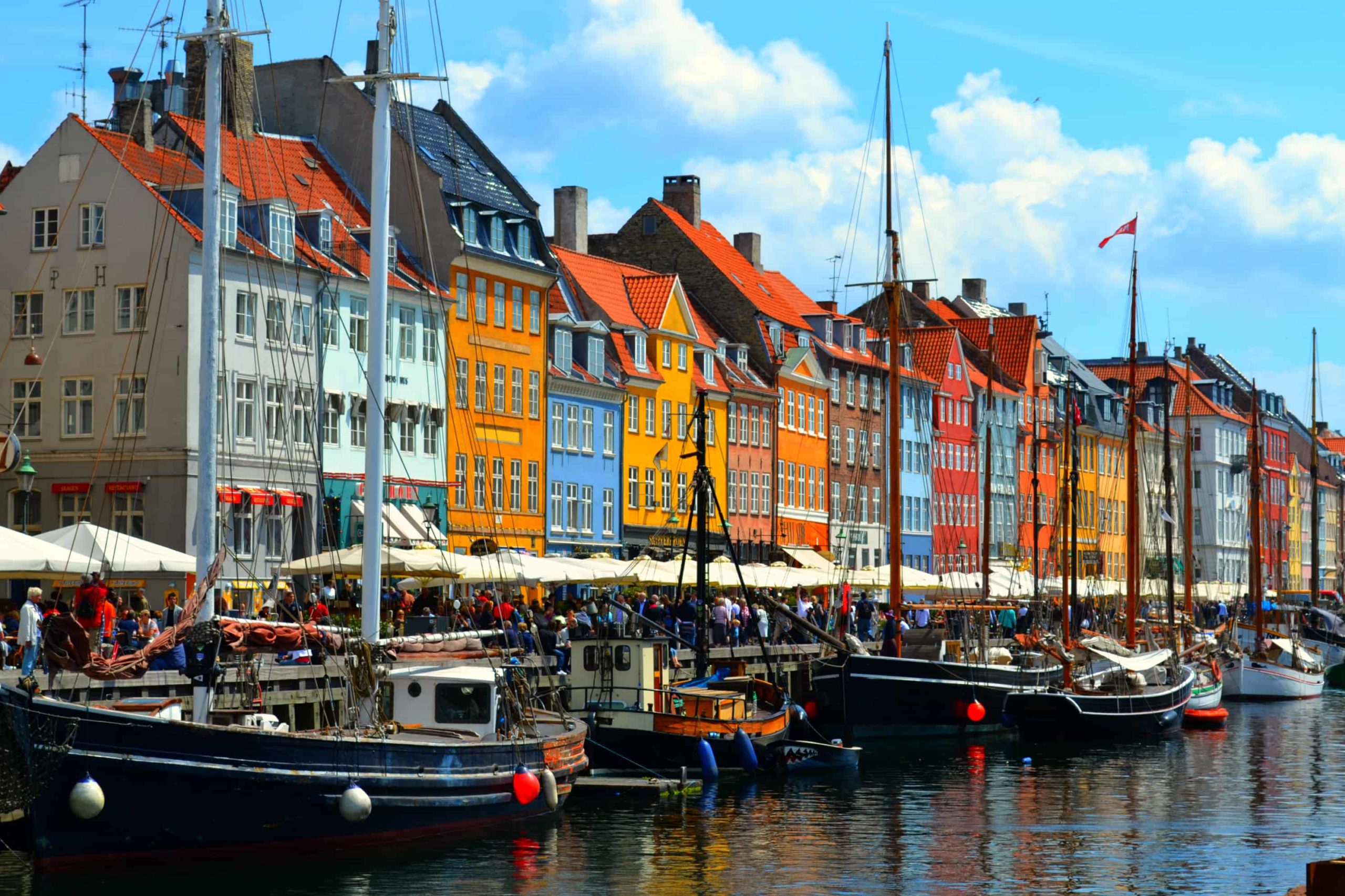
One of the most economically and socially developed countries in the world, Denmark has a high per capita income of $57,781. Its economy was the 10th most competitive in the world based on the 2018 report of the World Economic Forum. Its high-income economy ensures that its residents enjoy a high standard of living as the nation ranks highly in human development, protection of civil liberties, health care, LGBT equality, and education.
Denmark has one of the lowest levels of corruption in the world, as well as the fourth-highest ratio of tertiary degree holders across the globe. Its minimum wage ranks among the highest in the world based on the International Monetary Fund (IMF) report and workers in the country have access to parental leave, a pension plan, as well as five weeks’ paid vacation.
11. Hong Kong
-
Currency – Hong Kong dollar (HK$, HKD)
-
Gross Domestic Product (PPP) – $439.4 billion (2020 est.)
-
GDP per capita – $58,165 (2020 est.)
-
Gross National Income – $492.4 billion (2019 est.)
-
GNI per capita – $65,600 (2019 est.)
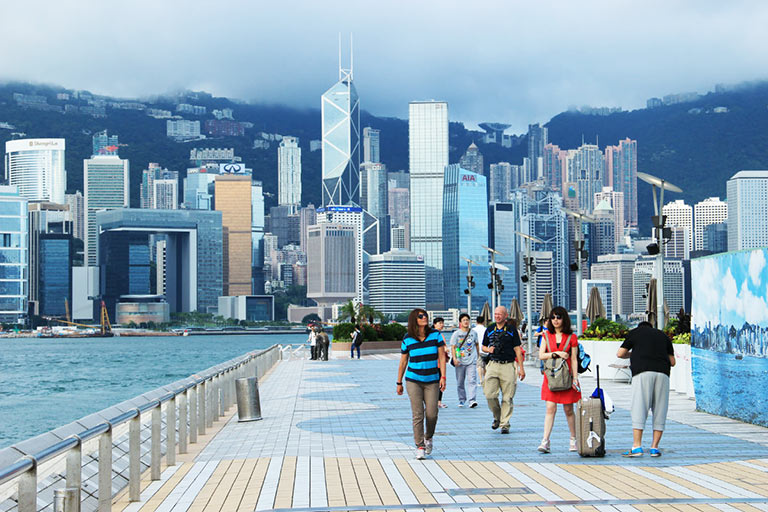
Hong Kong, a Special Administrative Region of China has a high GDP (PPP) per capita of $58,165, as such, ranks among the richest countries in the world. It was previously a sparsely populated region with its major economic activities including farming and fishing. Currently, the territory has evolved, becoming one of the most densely populated regions in the world with a population of over 7.5 million.
It has one of the most significant financial centres and commercial ports in the world, ranking as the ninth-largest importer, and equally the tenth-largest exporter in the world. More so, the region has the world’s second-highest number of billionaires, as well as one of the most traded currencies (the Hong Kong dollar) which ranks eighth in the world. As a highly developed city, Hong Kong has the world’s largest number of skyscrapers and is rated fourth on the United Nation’s Human Development Index.
10. United Arab Emirates
-
Currency – UAE dirham (AED)
-
Gross Domestic Product (PPP) – $647.6 billion (2020 est.)
-
GDP per capita – $58,466 (2020 est.)
-
Gross National Income – $686.3 billion (2019 est.)
-
GNI per capita – $70,240 (2019 est.)

The United Arab Emirates has the most diversified economy in the Gulf Cooperation Council. Its oil reserves are ranked the world’s sixth-largest while its natural gas reserves are the seventh-largest in the world. Aside from the country’s traditionally dominant hydrocarbon sector, other industries including business and finance, construction, and tourism equally account for the nation’s wealth.
There has also been an influx of foreign workers into the UAE, as expatriates make up the vast majority of the country’s population which is estimated at 9.8 million. With its government adopting a unique labor market system that has brought about macroeconomic stability, the unemployment rate in the country has been kept at a very low level of below 3%.
9. Macau
-
Currency – Macanese pataca (MOP)
-
Gross Domestic Product (PPP) – $40 billion (2020 est.)
-
GDP per capita – $58,931 (2020 est.)
-
Gross National Income – $77.8 billion (2018 est.)
-
GNI per capita – $123,290 (2018 est.)
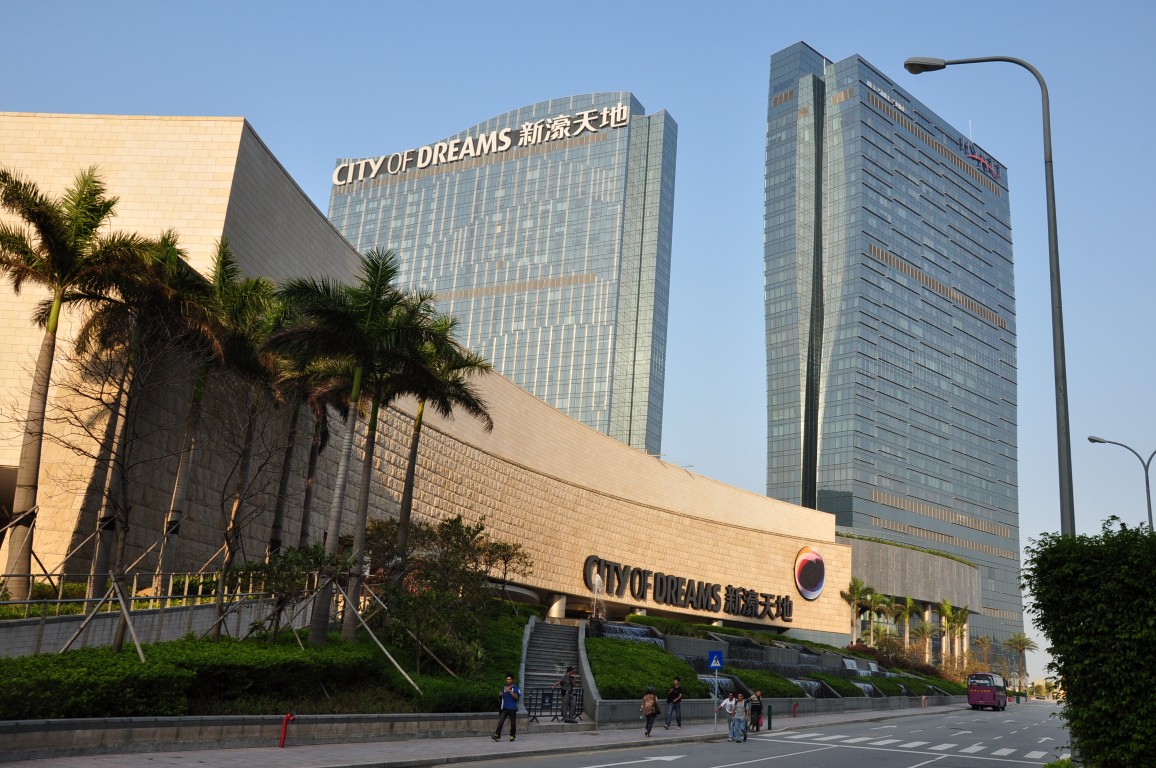
The Special Administrative Region of the People’s Republic of China, Macau has a population of 650,000. Its economic engine has been mostly fueled by the gambling industry which is seven times larger than that of Las Vegas. As a result, the region has become a top destination for gambling tourists and equally a major resort city. Only in 2017, the city’s economy inflated by 9.1%, thanks to its casino industry that constantly pumps billions of dollars into the economy, as its 2018 gambling revenue was estimated at $37 billion.
8. Brunei
-
Currency – Brunei dollar (BND)
-
Gross Domestic Product (PPP) – $28.4 billion (2020 est.)
-
GDP per capita – $61,816 (2020 est.)
-
Gross National Income – $28.7 billion (2019 est.)
-
GNI per capita – $66,410 (2019 est.)
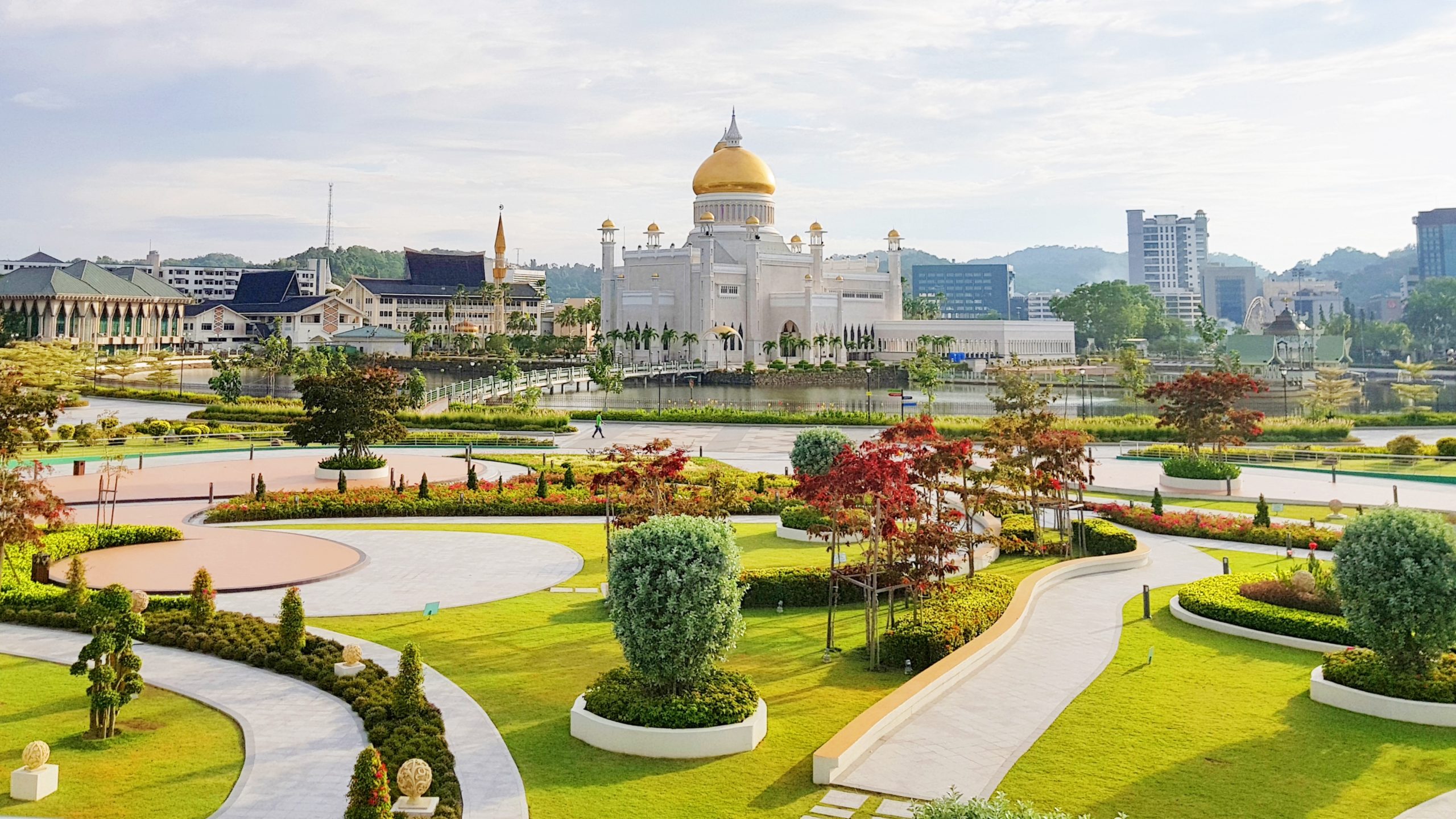
The only Sovereign State on the island of Borneo, Brunei, officially recognized as the Nation of Brunei, the Abode of Peace has a small population of approximately 460,000. With its GDP (PPP) per capita exceeding $50,000, the country is ranked among the richest countries in the world. It is also regarded as a developed country, as among the Southeast Asian countries, Brunei has the second-highest Human Development Index behind Singapore. 90 percent of its gross domestic product is contributed by crude oil and natural gas production.
As a result, it is the fourth-largest oil-producing country in the Southeast Asian region with about 167,000 barrels of oil being produced daily. The country also ranks ninth as the largest gas exporter across the globe, producing almost 25.3 million cubic meters of liquefied natural gas daily. The Brunei government subsidizes housing, rice, and equally takes care of all medical services, hence, improving the nation’s standard of living.
7. United States
-
Currency – United States dollar ($, USD)
-
Gross Domestic Product (PPP) – $20.8 trillion (2020 est.)
-
GDP per capita – $63,051 (2020 est.)
-
Gross National Income – $21.6 trillion (2019 est.)
-
GNI per capita – $65,880 (2019 est.)
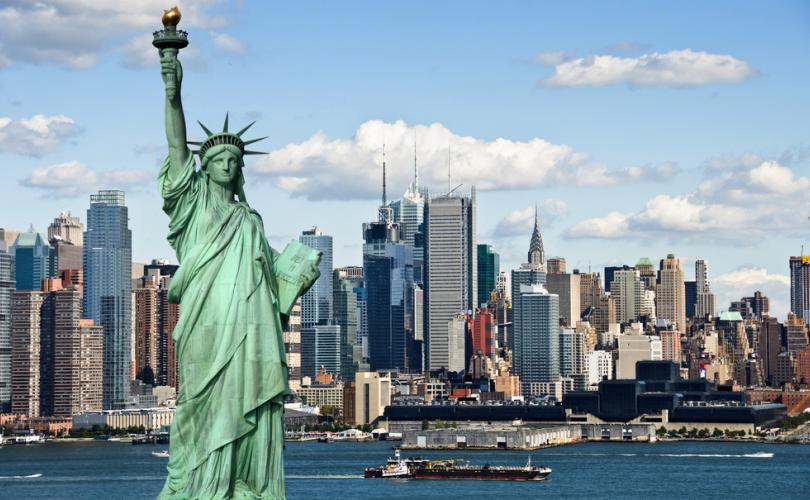
The United States of America is one of the most populous countries in the world. It has a population of more than 328 million which has been shaped enormously by centuries of immigration. As a highly developed country, the US has been rated highly in the quality of higher education, economic freedom, and quality of life. It has the largest economy in the world based on nominal gross domestic product and makes up almost a quarter of the world’s GDP.
The country is the largest importer of goods in the world, as well as the second-largest exporter of goods. Since the late 19th century, the US has been leading the world in innovation of technology and has established several new technology companies. Its citizens account for approximately half of the population of millionaires in the world, as the country holds 29.4% of the world’s total wealth, the largest share possessed by any country.
6. Norway
-
Currency – Norwegian krone (NOK)
-
Gross Domestic Product (PPP) – $349.5 billion (2020 est.)
-
GDP per capita – $64,856 (2020 est.)
-
Gross National Income – $372.2 billion (2019 est.)
-
GNI per capita – $69,610 (2019 est.)

Norway is a Nordic country in Northern Europe that has a population of almost 5.4 million. It is the sixth richest country in the world as its economic engine is fueled by oil production. About a quarter of Norway’s GDP is made up by the petroleum industry, as such, it is ranked as the largest producer of oil and natural gas outside of the Middle East based on per capita analyses.
As a petroleum-producing powerhouse, more than half of the country’s exports comprise of petroleum. It additionally has extensive reserves of minerals, seafood, lumber, and freshwater. With its values rooted in egalitarian ideals, Norway maintains a concise social security system, as well as a universal health care system. It is one of the least corrupt nations in the world and the country’s unemployment rate is 4.8%. More so, its sovereign wealth fund of US$1 trillion is ranked the largest in the world.
5. Switzerland
-
Currency – Swiss franc (CHF)
-
Gross Domestic Product (PPP) – $590.9 billion (2020 est.)
-
GDP per capita – $68,340 (2020 est.)
-
Gross National Income – $620.7 billion (2019 est.)
-
GNI per capita – $72,390 (2019 est.)

One of the wealthiest nations in the world, Switzerland has a stable and high-tech economy. In addition to its rich economy, it is rated among the least corrupt countries across the globe. The country is one of the largest exporters in the world, ranking seventh. Its cities such as Zurich and Geneva are widely considered as global cities while Basel which is the main base of the pharmaceutical industry in the nation is ranked among the most important centres for the life sciences industry in the world.
With its economy rated among the most competitive globally based on the World Economic Forum’s Global Competitiveness Report, Switzerland is another business-friendly place to be in the world aside from Singapore. It is also ranked the most innovative country in Europe with manufacturing serving as the country’s most vital economic sector. Its economy further relies on banking and insurance services, tourism, and international organizations.
4. Ireland
-
Currency – Euro (€, EUR)
-
Gross Domestic Product (PPP) – $447.7 billion (2020 est.)
-
GDP per capita – $89,383 (2020 est.)
-
Gross National Income – $336.2 billion (2019 est.)
-
GNI per capita – $68,050 (2019 est.)

Ireland which is also known as the Republic of Ireland takes the fourth spot on our list of 20 richest countries in the world, with a GDP (PPP) per capita of $89,383. Foreign multinational corporations are the driving force behind the nation’s economy as they pay 80% of Irish business taxes and employ a quarter of the private sector workforce. Most of the foreign multinational corporations in Ireland are from the United States, and they make up 80% of the country’s multinational firms, occupying 14 positions on the nation’s list of top 20 firms.
Until recently, Ireland had one of the fastest-growing economies in the world, recording about a 7.2% increase in its GDP annually, as the country also relied on exports. The economy, however, has been recently affected by the COVID-19 pandemic and is expected to experience over a 7% decline by the end of the year.
3. Qatar
-
Currency – Riyal (QAR)
-
Gross Domestic Product (PPP) – $257.4 billion (2020 est.)
-
GDP per capita – $91,897 (2020 est.)
-
Gross National Income – $266.7 billion (2019 est.)
-
GNI per capita – $94,170 (2019 est.)

Using the Atlas method, Qatar has the sixth-highest GNI per capita, as well as the third-highest GDP (PPP) per capita in the world. Its high-income economy majorly relies on natural gas reserves and oil gas reserves as well, for which the country ranks third in the world. As a result, the nation leads in the export of liquefied natural gas across the globe. In addition to relying on oil and gas, Qatar’s economy has also been influenced heavily by foreign labor as 86% of its population which is estimated at over 2.7 million comprises migrant workers who also make up 94% of the country’s workforce.
Qatar has been making the list of the richest countries in the world for the past two decades, thanks to its oil and gas reserves, as well as luxury shopping malls, fine cuisines, and ultramodern architecture that constantly attract tourists.
2. Singapore
-
Currency – Singapore dollar (S$, SGD)
-
Gross Domestic Product (PPP) – $551.6 billion (2020 est.)
-
GDP per capita – $95,603 (2020 est.)
-
Gross National Income – $524.8 billion (2019 est.)
-
GNI per capita – $92,020 (2019 est.)
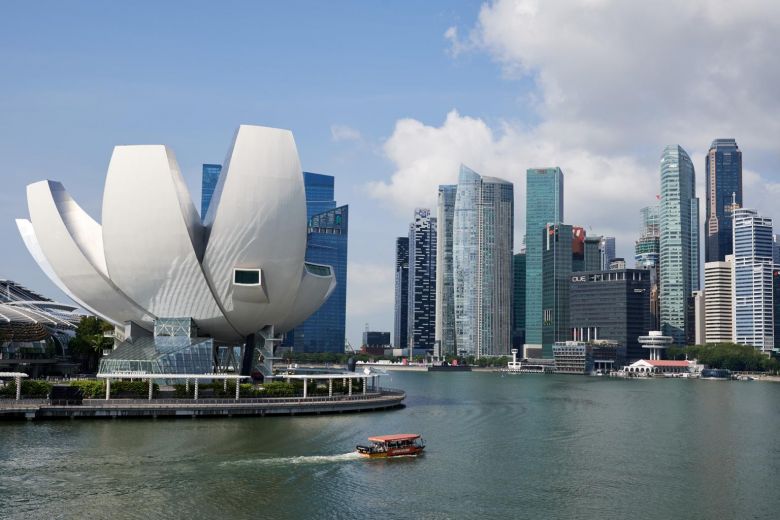
Singapore which has the second-highest GDP (PPP) per capita in the world boasts a population of over 5.7 million. Its most competitive economy is highly influenced by the country’s skilled workforce, advanced infrastructure, low tax rates, zero-tolerance against corruption, and location. This in turn attracts a huge number of foreign investments in the country as there are over 7,000 multinational corporations from Europe, the United States, and Japan in the nation.
Its foreign reserves are ranked the eleventh largest in the world and the city is often used as a location for events and conferences. Singapore is considered a tax haven for the wealthy because of its low tax rate on individual income, as well as exemption of tax payment on foreign-based income. It is rated among the most business-friendly places in the world and Singaporeans have access to highly standardized health care, education, and housing.
1. Luxembourg
-
Currency – Euro (€, EUR)
-
Gross Domestic Product (PPP) – $70.6 billion (2020 est.)
-
GDP per capita – $112,875 (2020 est.)
-
Gross National Income – $48.0 billion (2019 est.)
-
GNI per capita – $77,570 (2019 est.)

Luxembourg is the richest country in the world due to its high GDP (PPP) per capita of $112,875. Since 2015, the country topped the $100,000 mark in GDP per capita, it has never gone below that, as such, has been making the list of top five richest countries in the world. Being the second-largest investment fund centre in the world, Luxembourg makes vast of its economic output from services especially banking and finance.
Since the past decades, there has been an increase in the country’s financial sector and it is the leading centre for reinsurance companies in Europe. Also, the nation’s industrial sector was previously dominated by steel production before it got diversified to include the production of chemicals, rubber, and other products. As a result of Luxembourg’s rich economy, its residents enjoy the highest standard of living in the Eurozone as they are being provided with better health care, education, and housing system.
